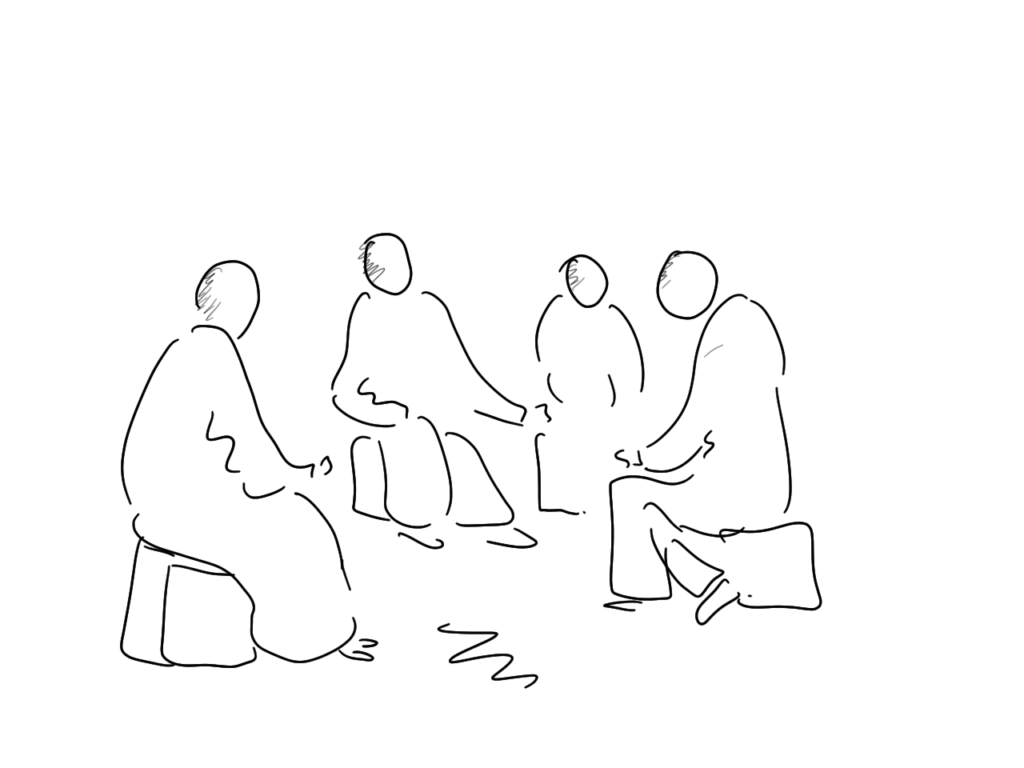
By Rick James and Ayele Ashagre
We know the theory. To leave partners resilient and sustainable, funders should invest in capacity strengthening before exit. However, the really challenging question is how best to actually go about doing this. In ‘Investing for Exit’, Ayele Ashagre described one such programme in Ethiopia funded by Oak Foundation. In this blog, we highlight the key learnings from this experience. Once again, we see the importance of cultivating motive and ownership; the value of focusing on holistic priorities using skilled local providers; and the need for timely and adaptive support from funders.
Cultivate motive and ownership
Focus on those most open to change: The capacity strengthening programme focused on only four out of the six potential partners – those most open to change and most likely to survive. As predicted, the other two proved too fragile or distracted to take part even in the limited capacity strengthening support offered.
Listen to clients in design: The team invested time from the outset in ensuring that the voices of the partners informed the design of the programme. As a result, as one leader said: “It was not top-down at all, it was designed based on our own interest and priorities.”
Use participatory methods to reinforce ownership: The Ethiopian accompaniers and consultants used participatory methods in their approaches whether addressing issues of leadership, strategy, resource mobilisation or financial management. According to the evaluation, we should have gone even further, for example taking a more inclusive approach to the leadership coaching by involving senior staff, not just the Directors.
Ensure opt in/formal sign up for support: We also realised from the evaluation that to overcome the challenge of NGOs operating in survival mode, distracted by the urgent need to secure funding, we should have encouraged the NGOs to sign an agreement at the start, as a kind of MoU for capacity strengthening support that highlighted roles and responsibilities.
Holistic, prioritised inputs, using skilled local providers
Focused, holistic areas of support: The programme focused on only four key priorities for capacity strengthening – leadership, strategy, resource mobilisation and financial management. These ‘magic four’ areas ensured a holistic approach that addressed the most critical concerns.
Ensure integration between methods: The methods of delivery, however, could have been much better integrated. Using specialist providers in each area enabled a tailored, high-quality service. However because we did not invest enough time in coordinating between them, it also resulted in clashing schedules and missed opportunities to properly integrate inter-related inputs in leadership, strategy, and finance.
Use in-country accompaniers: Two in-country accompaniers walked alongside the NGOs throughout the process. Being so close to the realities on the ground meant that the accompaniers could quickly adapt the programme to the changing situation and proceed at the pace of the partner. As national consultants they understood the volatile local context and communicated in mother tongue Amharic.
Top quality Ethiopian leadership coaches and strategy consultants complemented the accompaniers. As well as having the necessary facilitative skills and experience, these consultants also demonstrated commitment and patience.

Support capacity strengthening opportunities – now and with flexibility
Start capacity strengthening before exit:Benefitting NGOs felt that this programme would have been even more effective if it had not come after their programme grants had ended. The late timing meant that some of the NGOs were already in a financial crisis and losing key staff. Capacity strengthening needs to be part of grant-making, not an after-thought.
Fund quickly, fully, and flexibly: theeight-month delay in this example between the initial assessment and the start of the programme caused a loss of momentum. It also meant that the NGOs were even more fragile than when the programme had been designed. But once the funding was approved, Oak Foundation responded promptly and positively to any requests for adapting the activities within the overall budget.
Adaptive management: The programme was able to adapt to major changes in the external environment (including COVID-19) largely due to the constant coordination. The monthly update meetings between INTRAC and the two accompaniers (leads) and mid-term review analysed progress, picked up on challenges, and identified action points to make corrective measures.
High stakes and last chances
From this example, it seems the principles of effective capacity strengthening during exit are pretty much the same as at other times. During exit capacity strengthening programmes still need to pay constant attention to partner commitment and ownership; use local providers to accompany a participatory process and make timely and flexible investments in the process. But during exit, financial pressures on local partners may be greater. The stakes are higher. It is often the last chance for funders to exit responsibly and leave the lasting legacy of genuinely resilient and sustainable partners that they aspire for. Capacity strengthening in exit takes funders with foresight, skilled local providers and civil society organisations committed to their own change.
Read the two previous blogs in this series: “Please start supporting succession: four practical suggestions from Ethiopian civil society” and “Investing in exit: funders with foresight”